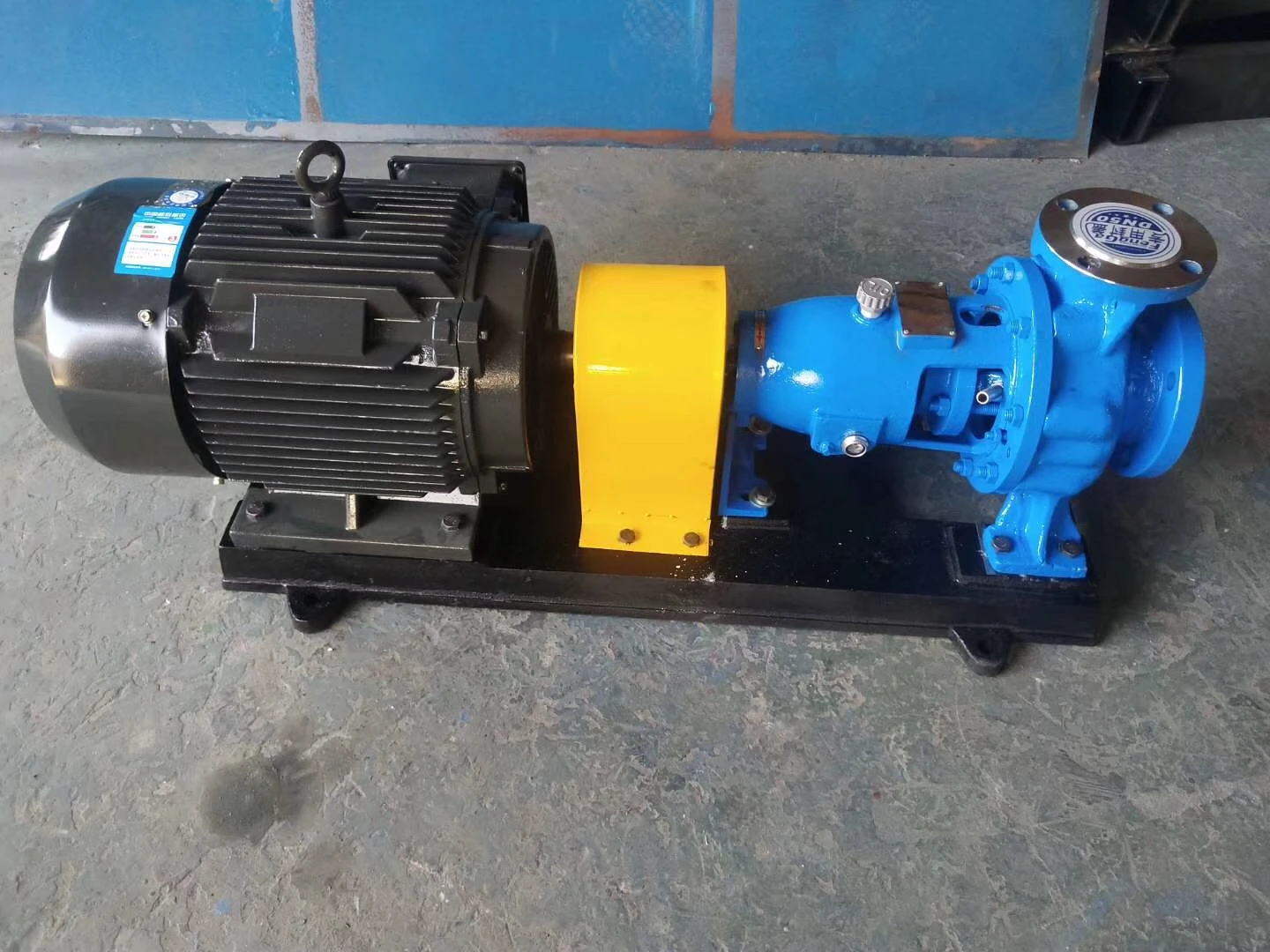English
- Afrikaans
- Albanian
- Amharic
- Arabic
- Armenian
- Azerbaijani
- Basque
- Belarusian
- Bengali
- Bosnian
- Bulgarian
- Catalan
- Cebuano
- Corsican
- Croatian
- Czech
- Danish
- Dutch
- English
- Esperanto
- Estonian
- Finnish
- French
- Frisian
- Galician
- Georgian
- German
- Greek
- Gujarati
- Haitian Creole
- hausa
- hawaiian
- Hebrew
- Hindi
- Miao
- Hungarian
- Icelandic
- igbo
- Indonesian
- irish
- Italian
- Japanese
- Javanese
- Kannada
- kazakh
- Khmer
- Rwandese
- Korean
- Kurdish
- Kyrgyz
- Lao
- Latin
- Latvian
- Lithuanian
- Luxembourgish
- Macedonian
- Malgashi
- Malay
- Malayalam
- Maltese
- Maori
- Marathi
- Mongolian
- Myanmar
- Nepali
- Norwegian
- Norwegian
- Occitan
- Pashto
- Persian
- Polish
- Portuguese
- Punjabi
- Romanian
- Russian
- Samoan
- Scottish Gaelic
- Serbian
- Sesotho
- Shona
- Sindhi
- Sinhala
- Slovak
- Slovenian
- Somali
- Spanish
- Sundanese
- Swahili
- Swedish
- Tagalog
- Tajik
- Tamil
- Tatar
- Telugu
- Thai
- Turkish
- Turkmen
- Ukrainian
- Urdu
- Uighur
- Uzbek
- Vietnamese
- Welsh
- Bantu
- Yiddish
- Yoruba
- Zulu
Telephone: +86 13120555503
Email: frank@cypump.com
Nov . 17, 2024 00:30 Back to list
which pump is used for slurry
Understanding Slurry Pumps Which Pump is Used for Slurry?
In various industrial applications, the transport of slurry— a mixture of solids and liquids— plays a crucial role. Slurries can be found in mining operations, wastewater treatment, and even in the food industry. As such, it's essential to choose the right type of pump designed to handle the unique challenges posed by slurries. The purpose of this article is to provide insights into the types of pumps used for slurries, their operating principles, and the factors influencing the choice of pump.
What is a Slurry?
A slurry consists of fine solid particles suspended in a liquid, which can be water or other fluids. The characteristics of slurries can vary significantly in terms of viscosity, particle size, concentration, and the type of solids present. Due to these variances, handling slurries presents particular challenges. The choice of pump must cater to the abrasive nature, viscosity, and specific gravity of the slurry to ensure efficient and effective transfer.
Types of Slurry Pumps
1. Centrifugal Slurry Pumps Centrifugal pumps are one of the most commonly used types of slurry pumps. They operate by converting rotational kinetic energy to hydrodynamic energy, resulting in the movement of the slurry. These pumps excel at transferring low to medium viscosity slurries and are often used in mining and mineral processing. However, they might struggle with highly viscous slurries and require specific impeller designs to handle solid particles effectively.
2. Positive Displacement Pumps Positive displacement pumps are ideal for managing high-viscosity slurries. Unlike centrifugal pumps, these pumps move fluid by trapping a fixed amount and forcing it through the discharge. There are different types of positive displacement pumps, including diaphragm, gear, and piston pumps. Each type has its own advantages, but they are generally more suited to heavy-duty applications where slurries are thick and highly abrasive.
3. Progressing Cavity Pumps This type of pump is particularly effective for transporting slurries with a consistent flow rate. They feature a helical rotor that moves the slurry through a stator, providing gentle handling of the material. Progressing cavity pumps are often used in applications like wastewater management and food processing, where careful handling of the slurry is necessary to avoid damage to the solids.
4. Abrasive Slurry Pumps Specific types of pumps are designed to handle highly abrasive slurries, often seen in mining and dredging operations. These pumps are constructed from high-chrome alloys or rubber to withstand wear from abrasive materials. Their design typically includes features that allow for easy maintenance and component replacement, minimizing downtime.
which pump is used for slurry

Factors Influencing Pump Selection
When selecting a slurry pump, several factors must be considered
- Slurry Properties The viscosity, density, and particle size distribution of the slurry play a significant role in determining the appropriate pump type. For example, highly viscous slurries may necessitate a positive displacement pump, while less viscous slurries might be more efficiently managed by a centrifugal pump.
- Flow Rate and Pressure Requirements Understanding the required flow rate and operating pressure is crucial for pump selection. Pumps must be able to deliver the necessary volume of slurry at the required pressure to ensure effective operation of the system.
- Pumping Distance and Elevation The distance and elevation changes involved in transporting the slurry can affect the choice of pump. Longer distances or higher elevations typically require more robust pumps or additional stages to maintain efficiency.
- Maintenance and Durability Slurry conditions can lead to increased wear on pump components. It’s vital to select pumps that not only meet performance requirements but are also resilient and easy to maintain, reducing overall operational costs.
Conclusion
Choosing the right pump for slurry applications is crucial for efficiency, operation cost, and maintenance in various industries. Whether opting for centrifugal, positive displacement, or specialized abrasive slurry pumps, understanding the characteristics of the slurry and the specific requirements of the application will lead to a more effective pumping solution. Proper selection not only enhances performance but also ensures a longer lifespan for the equipment, ultimately contributing to the overall success of industrial operations.
-
ISG Series Vertical Pipeline Pump - Chi Yuan Pumps Co., LTD.
NewsJul.30,2025
-
ISG Series Vertical Pipeline Pump - Chi Yuan Pumps Co., LTD.|energy-efficient fluid handling&industrial durability
NewsJul.30,2025
-
ISG Series Vertical Pipeline Pump - Chi Yuan Pumps | Advanced Engineering&Industrial Efficiency
NewsJul.30,2025
-
ISG Series Pipeline Pump - Chi Yuan Pumps | High Efficiency, Energy Saving
NewsJul.30,2025
-
ISG Series Vertical Pipeline Pump-Chi Yuan Pumps|High Efficiency&Reliable Performance
NewsJul.29,2025
-
ISG Series Vertical Pipeline Pump|High Efficiency&Low Noise
NewsJul.29,2025










